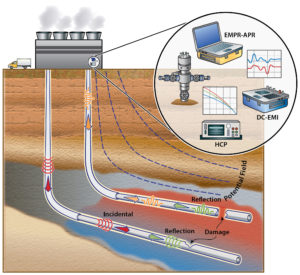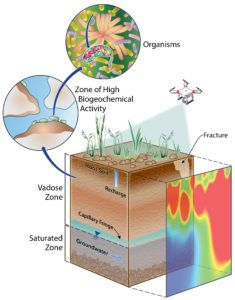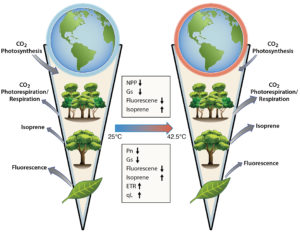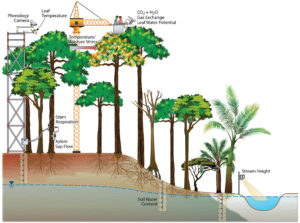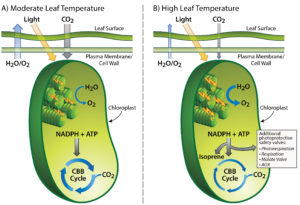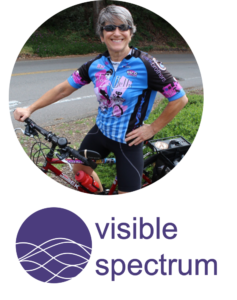 Visible Spectrum is a profile series to recognize and honor talented and dedicated women employees across Lawrence Berkeley National Lab. Diana Swantek has been with Berkeley Lab for over 20 years as a technical illustrator for Earth & Environmental Sciences, creating beautiful graphics and illustrations for projects, publications, proposals, and more.
Visible Spectrum is a profile series to recognize and honor talented and dedicated women employees across Lawrence Berkeley National Lab. Diana Swantek has been with Berkeley Lab for over 20 years as a technical illustrator for Earth & Environmental Sciences, creating beautiful graphics and illustrations for projects, publications, proposals, and more.
Diana is also an avid cyclist. She rides as much as possible in her free time, and particularly enjoys riding her bike up Centennial to the Strawberry Gate (which is closed for now). She also lifts weights, hikes, and enjoys spending time with friends and family.
What inspired you to work at Berkeley Lab?
I first began working at Berkeley Lab in 1985 when I moved to the East Bay from San Francisco. After a break in service, I returned to the Berkeley Lab in 1999 to work on the Yucca Mountain Project for the Earth and Environmental Sciences Area (EESA). I had worked with the scientists in this division before, so I knew this would be an amazing opportunity to combine science with my skills as a technical illustrator.
What is the most exciting part of your work?
What excites me most about my work is the challenge of presenting cutting edge science in a manner that not only that clearly illustrates the scientific concepts but is visually appealing as well. I also enjoy researching the particular concepts that the scientists want to convey to better understand how to illustrate the research effectively and accurately. I also appreciate working in a scientific and academic environment with people from many different backgrounds and disciplines.
What have you been most proud of in your work?
I am most proud of my ability to take on the challenge of melding the visual with the scientific to convey complex scientific research clearly, concise, yet artistic. I illustrate highly technical conceptual graphics, including 3D illustrations of prototype equipment, experiments, and geological models, for various mediums (presentation, web, and print).
Requests come in from several different departments within the area, the Directorate, and the campus. And I work independently with both EESA scientists and those from other institutions on complicated geological concepts from the wide range of biological to an atmospheric nature.
Do you have tips you’d recommend for someone looking to enter and/or succeed in your field of work?
An enjoyment of the sciences is as important as skills as an illustrator. For someone to succeed as a technical or scientific illustrator, I recommend that they possess a keen interest in the scientific or technical field they intend to work in. Having experience or educational background in an area that can easily transfer to the sciences (e.g., architecture, environmental graphics) would also be helpful. Also, there are programs at various institutes for science illustration, which could be something to consider if you are interested in this path.
